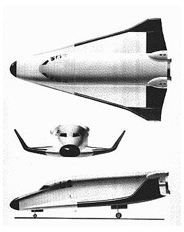History and Facts about the Hermes Space Shuttle, the European Space Agency's Reusable Space Plane
Space Shuttle’s European Counterpart
The Hermes space shuttle program was first proposed in 1975 by the French Center National d’Etudes Spatiales. French researchers began work on the Hermes space shuttle in the mid-1980s in an effort to duplicate the successes of NASA. In November 1987, the European Space Agency approved the project. The companies placed in charge of developing the shuttle were both French, Aerospatiale and Dassault-Breguet.
Goals of Hermes
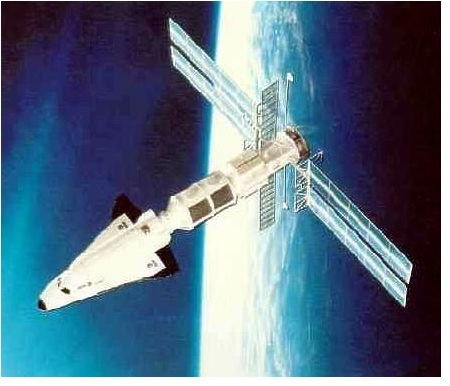
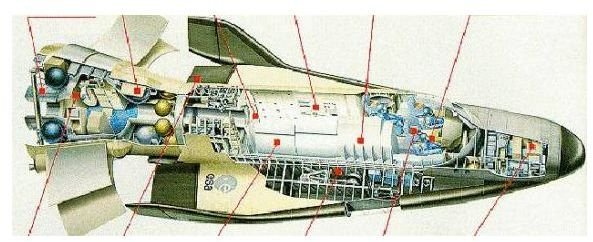
The initial goals of the Hermes project were to ensure the continued expansion of the European community in space. Experiments would be conducted on board the ship in an equatorial orbit at 800 km. It also could make trips to space stations and transport satellites and other objects into Earth orbit. Much of the initiative aligned with the planned construction of the Polar Platform, Space Station Freedom (which ultimately evolved into the International Space Station) and the Man-Tended Free Flyer. Each space station was ultimately canceled.
Design Elements

The Hermes shuttle would be attached to the nose of an Ariane 5 launch vehicle. The European Space Agency designed the Ariane 5 to be an expendable launch system. The Hermes would be fitted with a cone attachment called the Resource Module. This piece would be left in space as the glider re-entered the Earth’s atmosphere.
The Hermes shuttle itself features a pressurized payload area capable of carrying 3,000 kg as well as a cockpit that could hold three astronauts. In total, the final weight of the Hermes would be 21,000 kg, the launch limit of the Ariane 5.
Changes and Cancellation

During the study and pre-development phase, a number of changes to initial designs occurred. Following the Challenger disaster, ejector seats were added to the design in an effort to help save the crew’s lives. This addition resulted in the cargo hold being inadequate to place objects into orbit.
With the collapse of the Soviet Union in 1991, the Russian Aviation and Space Agency joined with the Europeans on furthering the design in an effort to create a replacement for the Soyuz craft on trips to the Mir Space Station. However, with the development of the International Space Station, the project was abandoned. The European Space Agency found there was a lack of need for a new shuttle program in light of the cooperation between the Russian program and NASA.
The Future of the European Shuttle
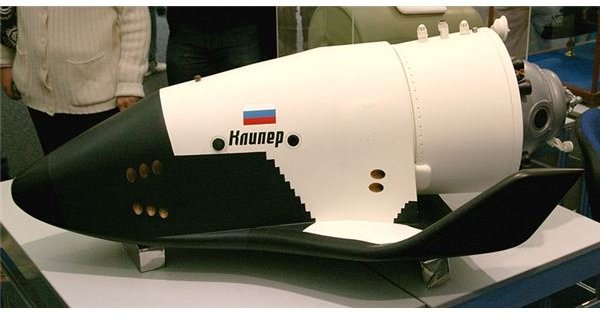
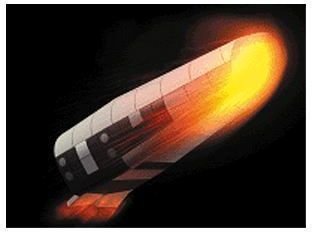
In the early 21st century, a resurgence in the priority of developing a European shuttle became apparent with the pending retirement of NASA’s shuttle fleet. Some additional designs were proposed in the interim period, including the Russian Kliper. After completing the Automated Transfer Vehicle, a resupply vehicle for the International Space Station, the European Space Agency is considering developing a counterpart to the American Orion space program, known as the Crew Space Transportation System. NASA has refused to share its technology with the Europeans following the retirement of the shuttle. The original designs for Hermes have been reintroduced to supply the basis of the technology. In addition, the Intermediate eXperimental Vehicle, based heavily on the designs of the Hermes, is currently also being designed.
References
History of Missions of the European Space Agency
Image Sources
Hermes Different Views. (Supplied by ESA; Public Domain; https://www.astronautix.com/graphics/h/herme3v.jpg)
Hermes Cutaway. (Supplied by ESA; Public Domain; https://www.astronautix.com/craft/hermes.htm)
Hermes Attached to Station. (Supplied by ESA; Public Domain; https://www.astronautix.com/graphics/m/mtff89.jpg)
Ariane 5. (Supplied by Poppy at Wikimedia Commons; GNU Free Documentation License; https://upload.wikimedia.org/wikipedia/commons/2/24/Ariane_5_(mock-up).jpg)
Challenger explosion. (Supplied by NASA; Public Domain; https://upload.wikimedia.org/wikipedia/commons/9/9f/Challenger_explosion.jpg)
Intermediate eXperimental Vehicle. (Supplied by the French Republic; Public Domain; https://upload.wikimedia.org/wikipedia/commons/9/95/CNES_PRE-X.gif)
Kliper. (Supplied by Edoe at Wikimedia Commons; Creative Commons Attribution 3.0 Unported License; https://upload.wikimedia.org/wikipedia/commons/c/c0/Kliper_P0651.jpg)
